Fuchsia, a native of South America. Notice the spelling? All my life I have said this correctly, but spelled it wrong; how embarrassing!
Mexican fleabane--an import from, you guessed it, Mexico.
Wood aven. I photographed this plant in two different places and only later realized the redundancy. Sometimes it takes me a while to familiarize myself with new species.
Broad-leaved dock
Ivy-leaved toadflax
Common vetch
Mind-your-own-business
Whistling Jacks (wild gladiolus)
Slender bird's-foot trefoil
Curled dock. Apparently you can rub dock leaves on your skin in order to alleviate the pain of nettle stings. This is not yet something I have tried, partly because I avoid nettle like the plague.
Daisy
Pale pink-sorrel
(Greater?) quaking grass. I think the little "rattles" look like insect carapaces.
Hawthorn--at least, the species at the top is; the jury is still out about the species shown in the bottom two pictures.
Germander speedwell
Foxglove. I saw a cartoon of talking foxgloves once, and now whenever I see these I half expect them to start chatting with me.
Crab apple--a plant that is in the same genus as the American variety, but is a different species despite the many morphological similarities.
Cow parsley. If you are sure that your ID skills are sufficient to prevent you from mistaking this for poisonous plants such as poison hemlock and fool's parsley, you can eat this; it isn't very tasty, though.
Common laburnum, also called "golden chain." If you are familiar with flowers of pea plants, then you won't be surprised that this is in the pea family. Like many other relatives, though, this is toxic, and can be lethal if you ingest enough of it.
Cleavers
These two exotics are planted along the sidewalk at Gyllyngvase Beach, which I passed on my way home from the cemetery. The one on the left has grown at least a foot since I saw it last week; it reminds me of the chest-bursting alien from Alien.
In the course of uploading all of these photos to the Internet, and trying to find proper names of everything, I ran across a Flickr group called "Flora of the British Isles: A Photographic Guide." I immediately joined and uploaded the best of my photographic botanical collection, partly to contribute the images of plants whose IDs I already knew, and partly to ask for help identifying the rest. Less than 24 hours later, I had already received two friendly slaps on the wrist: One for (inadvertently) uploading a cultivar rather than a wildflower (though, to my defense, it was a wild-growing cultivar, so I had no idea), and the other for failing to properly tag my photos with their scientific names. These botany enthusiasts are even more hard-core than the fanatical birders I know!
Unfortunately, because of all the rules associated with posting images to the group, I am not able to submit the last of my above photos for help determining the identity of these imported individuals (never mind that these guys are naturalized down here in Cornwall; I don't want to start any arguments). Perhaps one of the local gardens will have some useful information. If not, I'm sure they will have some photogenic plants, so they may be worth visiting regardless--especially if our recent summery weather continues.
As of Thursday, though, UK wildflowers will take a back seat to their cousins across the Pond, since I'm heading back to the US. And what "American" plant am I most looking forward to reacquainting myself with? None other than the invasive Amur honeysuckle, whose scent epitomizes summers in southeastern Ohio. Smell you soon, guys!
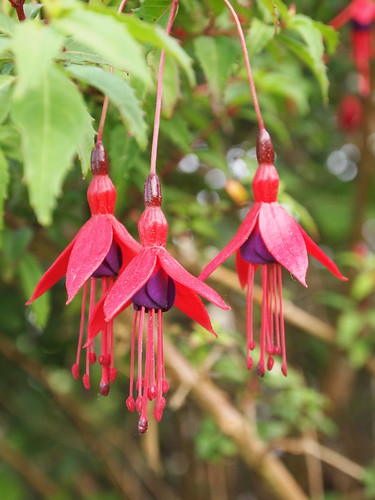
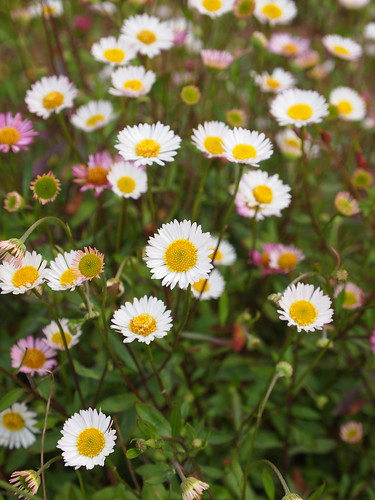



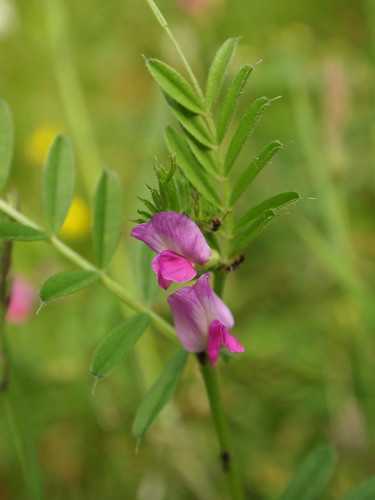
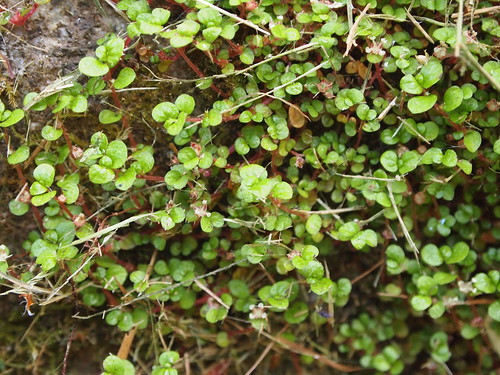

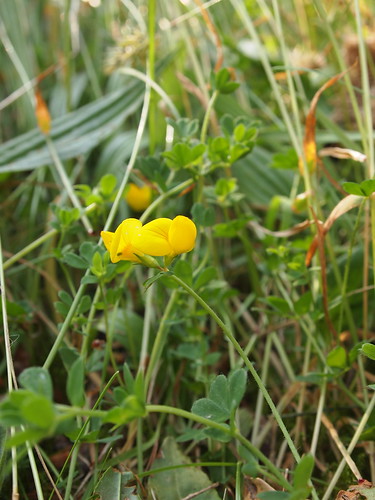
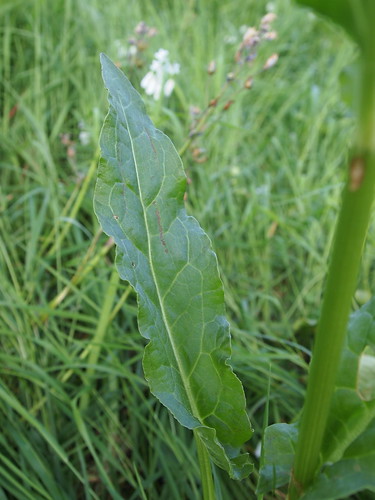


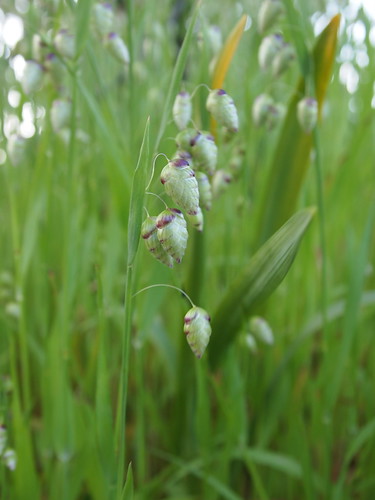
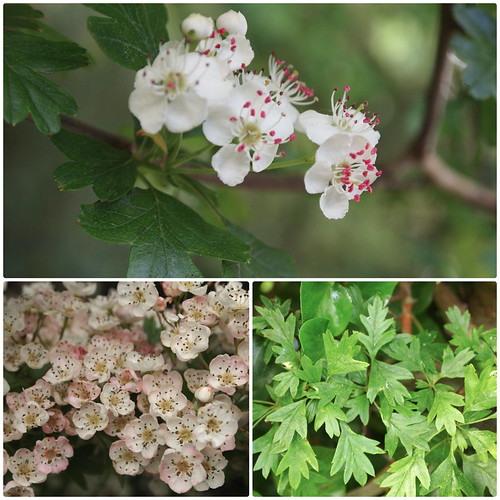

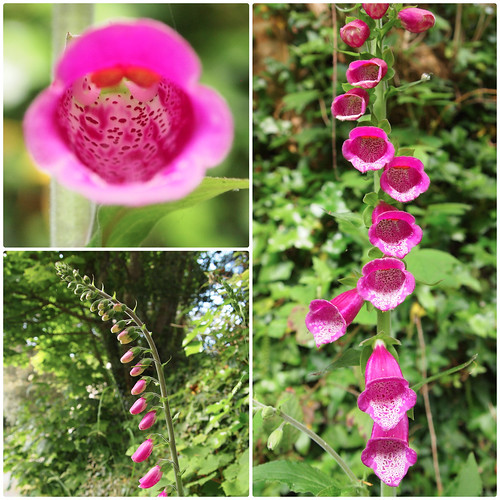
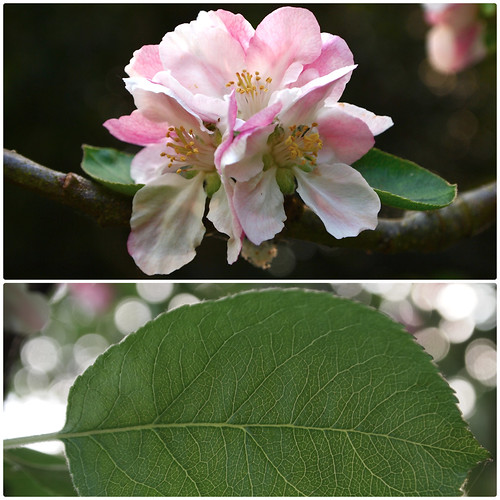
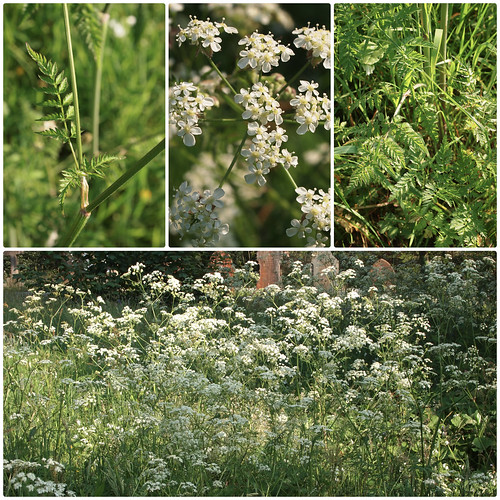
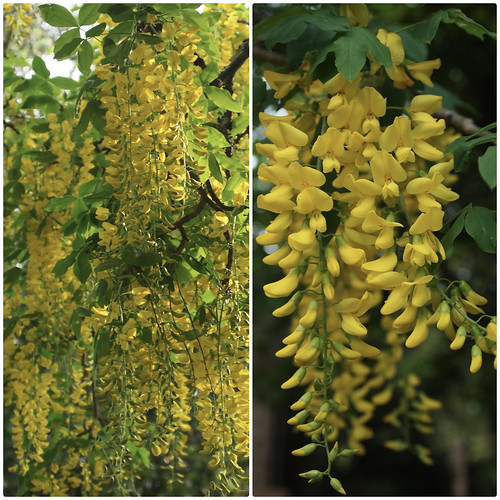


No comments:
Post a Comment